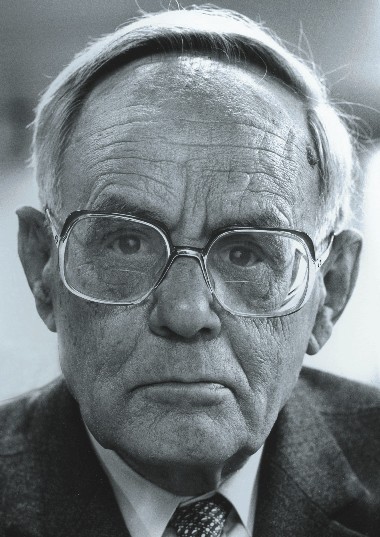As one of the foremost theological thinkers of the 20th century, theologian and Jesuit Karl Rahner offers insight, wisdom, and challenge in many different areas of theological study. As part of her Masters study at Catholic Theological Union, Jane Aseltyne, IHM, joins us on the MBI blog to offer her reflections on select sections from Rahner’s Theological Investigations XX: Concern for the Church which deals with Rahner’s theological interpretations of Vatican II and the future of the Church. Several themes appear: the emergence of the world-Church, hope for the Church’s future, and characteristics of spirituality that will mark the Church of the future. For each of these themes, Aseltyne provides examples of Rahner’s thought and discuss their relevance for us today.

The Second Vatican Council marked a sea change in the Church. In his essay, “Basic Theological Interpretation of The Second Vatican Council,” Rahner explores the emergence of the world-Church. For centuries, the Church had been dominated by western thought and culture. According to Rahner, Vatican II marked the transition from a Eurocentric western Church to a world-Church. One of the great signifiers of this change was the presence of native bishops from countries that were previously deemed “mission countries” (78). The proper representation of countries by their own bishops was an outward representation of a Church that extended beyond Europe and America and demonstrated that the Christian faith was being lived out in culturally specific ways. Rahner notes that while this was a significant step in a positive direction in moving away from Eurocentrism, it was only a step and a rudimentary one at best (79). He writes, “At the Mass before the individual sessions…there was still no African dancing to be seen” (79).
While Rahner acknowledges the progress and limits of Vatican II in terms of inclusivity, he notes that the emergence of the world-Church is a sign of hope for the Church of the future. Rahner suggests that we need widen our understanding of the Church and not restrict it to our own country or Europe (103). But we need to see the horizon of Christianity and consider how it will exist in an increasingly secular world that is concerned with rationality, technical civilization and marked by militant atheism (104). In our increasingly secular world today, the number of people leaving the Church or who identify only as nominally Catholic or Christian can make us feel like we are part of a dying Church. But Rahner offers us hope. He suggests that we recall the history of the Church, and observe the many times when it seemed impossible that the Christian enterprise would carry on: the martyrdom of Christians in pre-Constantinian Christianity, the split between the Roman Catholic and Eastern Orthodox faiths, to name a few. He suggests that the Church’s nature and function are not reliant on a numerical relationship to the total world population (106). The Church of the future, according to Rahner, will not be based on numbers. As it always has been, it will be based on faith in the death and resurrection of Jesus Christ, lived out by a community that places their hope in God.
How will this hope in God help shape the spirituality of the future Church? Rahner acknowledges that discussing and defining spirituality is not an easy task. We especially see this today when we survey the culture and see the growing number of people who consider themselves spiritual but not religious. However, Rahner offers five characteristics of spirituality for the Church of the future. While I will not name them all here, there are two I want to highlight. The first is that it will be about the God of Abraham, Isaac, and Jacob.[1] (145), and the second is that it will have a new ecclesial aspect (152)—the first roots us in our tradition and heritage. The second recognizes that, while we are rooted in the Abrahamic tradition, the future Church should have an ecclesiology that is less “triumphalist” and understood as Church of “sinners, the tent of the pilgrim people of God…” (152).
Although published in the 1970s, Rahner’s work is relevant for us today because we are currently living in the Church of the future of whose reality Rahner could only speculate. Are we living out Rahner’s vision? What has come to fruition, and what still needs to be realized?
[1] I would also add the God of Sarah, Rachel, Leah, Naomi, and Ruth.
